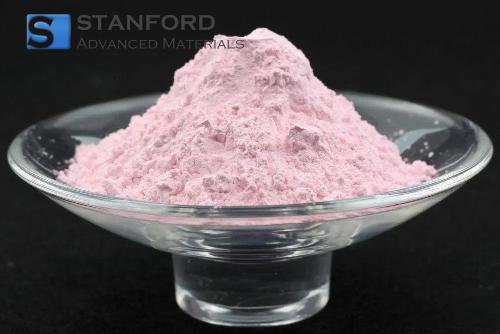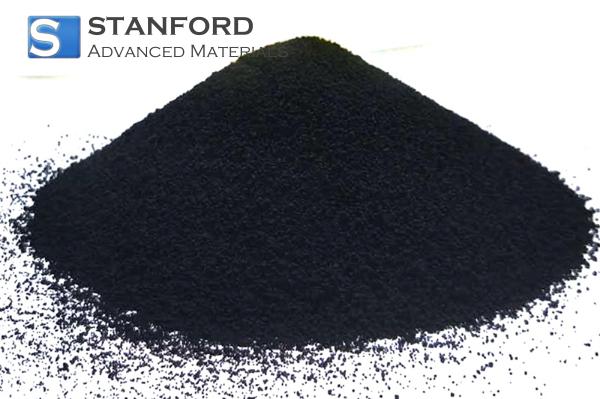Yield Strength: Basics And Examples
Introduction
Whenever we think about the strength of materials—whether the steel used in a building, the aluminium for an aircraft, or copper in a cable—the first thing that comes to mind is the yield strength. It is one of the most important mechanical properties engineers consider when designing anything that needs to withstand loads without bending or failure. In simple terms, yield strength indicates the point at which a material no longer deforms elastically (returns to the initial shape) but begins to deform permanently. This property ensures that bridges do not sag, aircraft wings do not warp, and equipment does not buckle under stress.
Yield Strength Basics
What Is Yield Strength?
Yield strength is the amount of stress a material can resist before it begins to deform permanently. Until that point, the material behaves elastically—it will revert to its original form when the load is removed. However, once beyond the yield point, the deformation is plastic, and the material will not recover its form fully even when the load is removed.
In materials science and engineering, yield strength is a design parameter of concern. Structures and parts are designed to operate well below this value, ensuring long-term reliability and safety.
Yield Strength and Tensile Strength
It is tempting to equate yield strength with tensile strength, but they describe two different material behaviour phases.
• Yield strength marks the onset of plastic deformation—the point where the material starts to change shape permanently.
• Tensile strength, conversely, is the maximum stress material can endure as it is stretched before ultimately failing.
For example, a sample of steel might begin to yield at 300 MPa but fracture only at 600 MPa. Engineers can predict how materials behave under various loads—elastic, plastic, and ultimately breaking—if they know both figures.
Elastic vs. Plastic Deformation
To better understand yield strength, it is useful to visualise how materials deform. Below the elastic region, atoms move temporarily from their initial position but rebound when the load is released—stretching a rubber band. Beyond the yield point lies the plastic region, where atomic bonds are reformed or dislocations move within the crystalline structure. After entering this region, the deformation cannot be reversed—bending a paperclip so that it remains bent.
Stress-Strain Curve and Yield Strength Diagram
The stress-strain curve is the most general representation of tension material behaviour. The curve starts as a straight line, representing elastic deformation. The modulus of elasticity describes the slope of this line. The yield point marks the onset of deviation from linearity.
For some materials, this maximum is easily identifiable. For others, designers use an offset method (generally 0.2% strain) to accurately establish the yield strength. This curve not only indicates where yielding occurs, but it also provides a significant amount of information about toughness, ductility, and ultimate strength.
Factors Affecting Yield Strength
Material Composition
A material's chemical composition greatly influences its yield strength. The inclusion of strengthening elements, for instance, adding carbon to iron to produce steel, or titanium to aluminium, significantly hardens the material. These additional elements restrict dislocation movement within the crystal structure, making the material more difficult to deform.
Temperature
Temperature also plays an important role. As temperature increases, energy is transferred to the atoms allowing them to move freely, which decreases the yield strength of the material. Consequently, metals become soft when heated and harden when cooled. For high-temperature applications, materials with constant yield strength, such as titanium alloys, are employed.
Manufacturing Processes
Processing methods such as forging, rolling, cold working, and heat treatment can substantially alter a material's microstructure. For example, cold working generates dislocations that contribute to yield strength through strain hardening, while heat treatment can reduce grain size and increase consistency.
Measuring Yield Strength
Yield strength is typically measured by a tensile test. During the test, a specimen is gradually pulled and both the stress and strain are recorded. The resulting stress-strain curve allows engineers to determine the yield point.
This process is standardised—test pieces are manufactured to exact sizes, pulled at controlled rates, and observed precisely. This information is critical for qualifying materials for construction, aerospace, automotive, and other safety-related industries.
Applications of Yield Strength
Yield strength is not merely a test result—it is a design concept in practical applications.
•Construction: Steel and reinforced concrete are designed to remain below their yield strength at peak load, ensuring buildings and bridges are safe and durable.
•Automotive: Automotive frames and components must resist repeated vibrations, bumps, and stresses without permanent deformation.
•Aerospace: Aircraft materials, typically aluminium or titanium alloys, must retain their strength at high altitudes and temperatures.
• Electronics: Even small components like connectors or springs rely on yield strength to maintain shape and contact pressure over time.
Comparative Table of Common Materials
|
Material |
Yield Strength (MPa) |
Tensile Strength (MPa) |
|
Steel |
250-550 |
400-800 |
|
100-400 |
200-500 |
|
|
800-1100 |
900-1400 |
|
|
Copper |
70-200 |
200-400 |
|
Brass |
150-350 |
300-600 |
These values indicate the range of strengths for typical materials in engineering. Titanium offers a high strength-to-weight ratio, while steel maintains a balanced combination of cost, strength, and ductility.
For more material information and technical materials, please see Stanford Advanced Materials (SAM).
Conclusion
Overall, yield strength is more than a mechanical calculation—it represents a fundamental concept linking material science and engineering design. From forming aircraft wings to constructing skyscrapers to producing microchips, understanding how and when materials yield helps ensure both safety and strength in innovations.
Frequently Asked Questions
What is the difference between yield strength and tensile strength?
Yield strength is the beginning of permanent deformation, while tensile strength is the stress fracture limit.
Why is yield strength important in engineering?
It ensures a component can withstand applied loads without permanent damage—critical for safety and performance.
How is yield strength defined?
By a tensile test, where a specimen is stretched to the point where it starts to deform plastically and the associated stress is recorded.
Can yield strength be enhanced?
Yes—yielding can be enhanced by alloying, heat treatment, cold working, or other microstructural alterations.
Does temperature affect yield strength?
Yes. Higher temperatures tend to reduce yield strength, while lower temperatures tend to increase it.

 Bars
Bars
 Beads & Spheres
Beads & Spheres
 Bolts & Nuts
Bolts & Nuts
 Crucibles
Crucibles
 Discs
Discs
 Fibers & Fabrics
Fibers & Fabrics
 Films
Films
 Flake
Flake
 Foams
Foams
 Foil
Foil
 Granules
Granules
 Honeycombs
Honeycombs
 Ink
Ink
 Laminate
Laminate
 Lumps
Lumps
 Meshes
Meshes
 Metallised Film
Metallised Film
 Plate
Plate
 Powders
Powders
 Rod
Rod
 Sheets
Sheets
 Single Crystals
Single Crystals
 Sputtering Target
Sputtering Target
 Tubes
Tubes
 Washer
Washer
 Wires
Wires
 Converters & Calculators
Converters & Calculators
 Write for Us
Write for Us





 Chin Trento
Chin Trento



